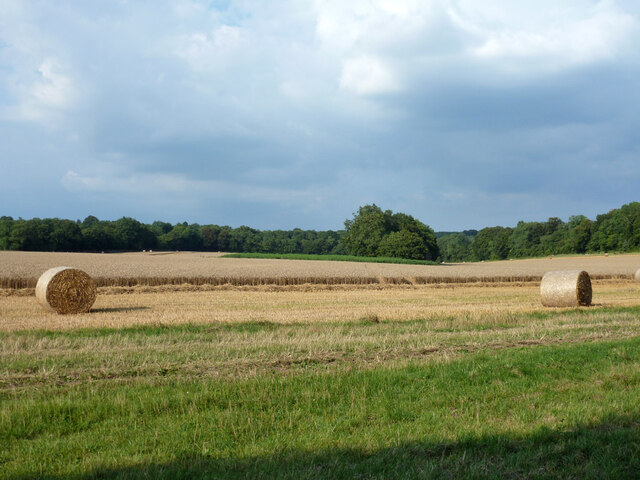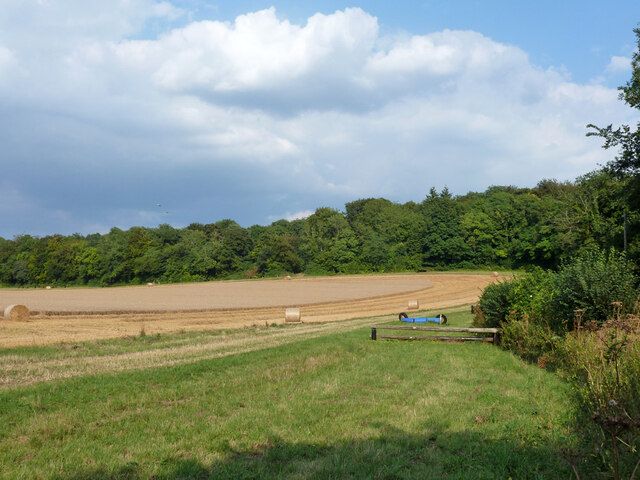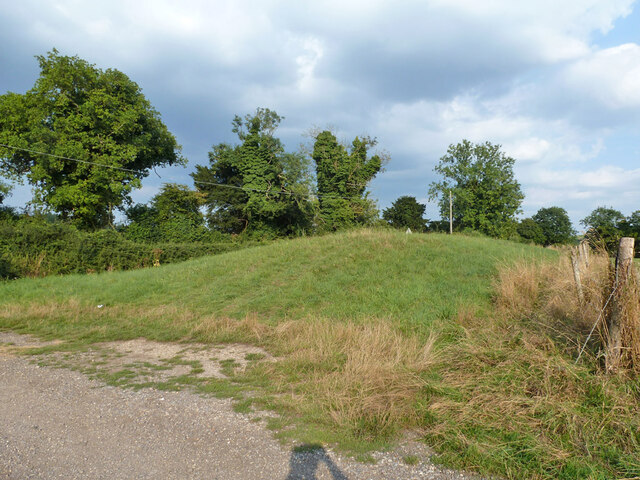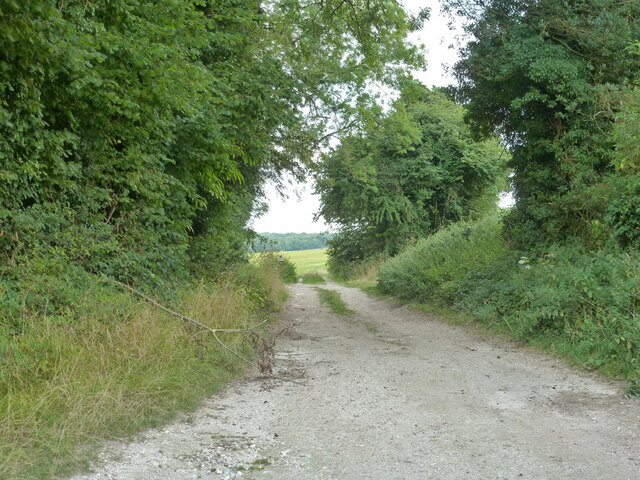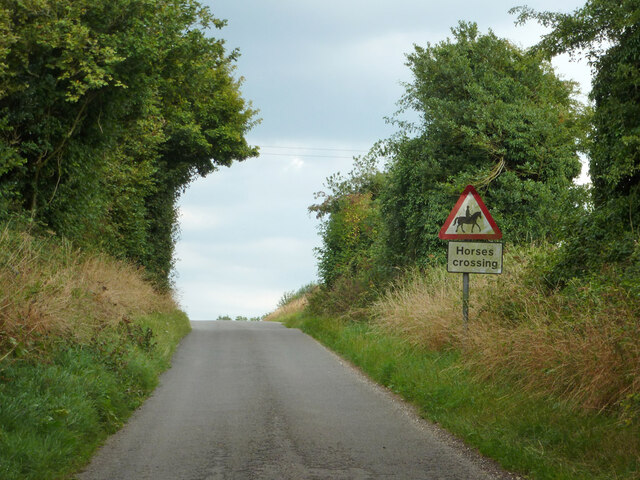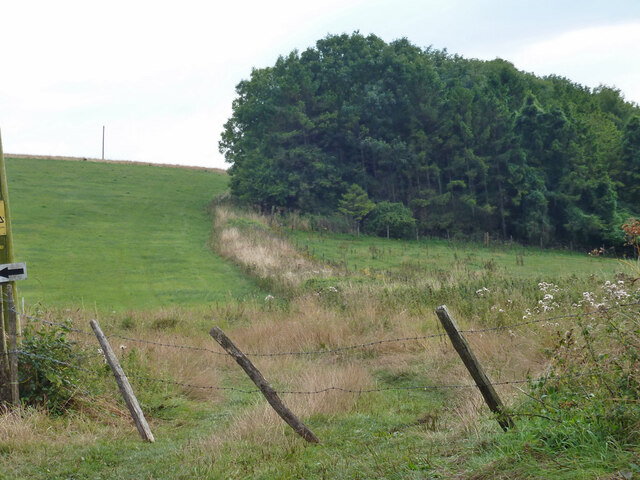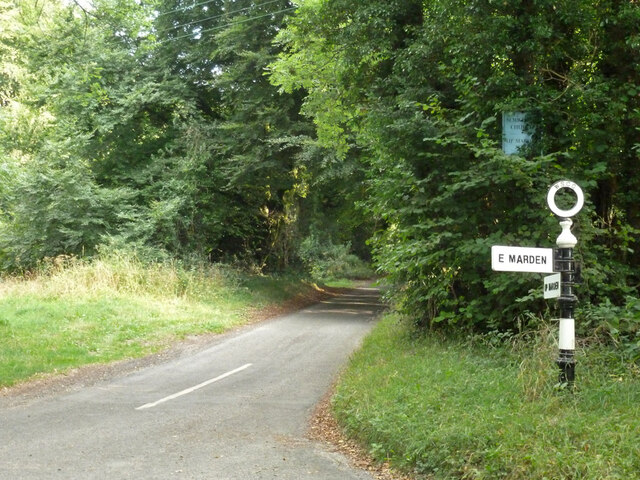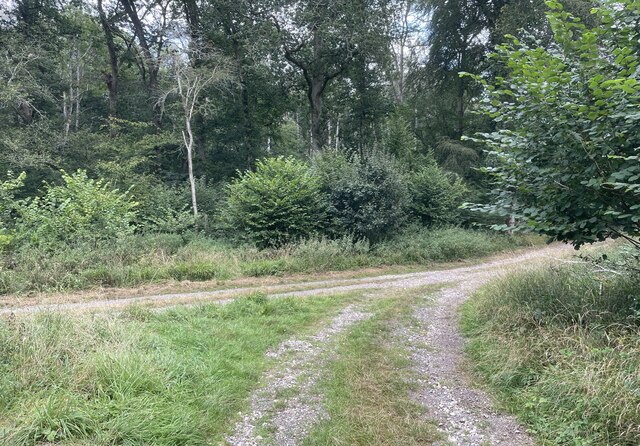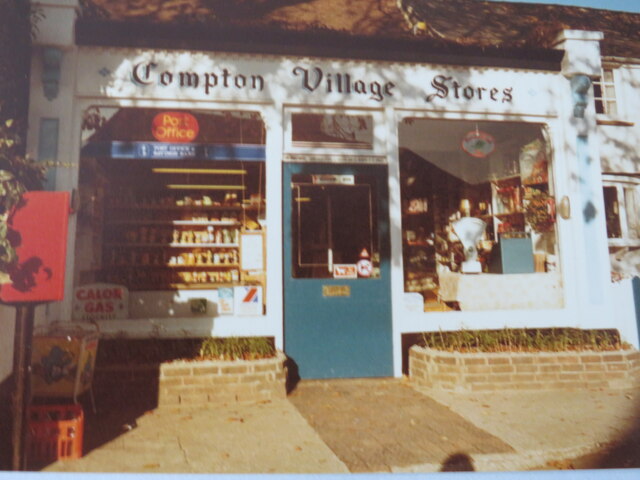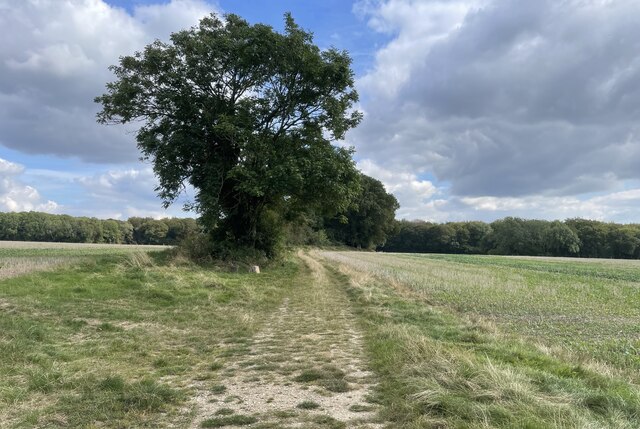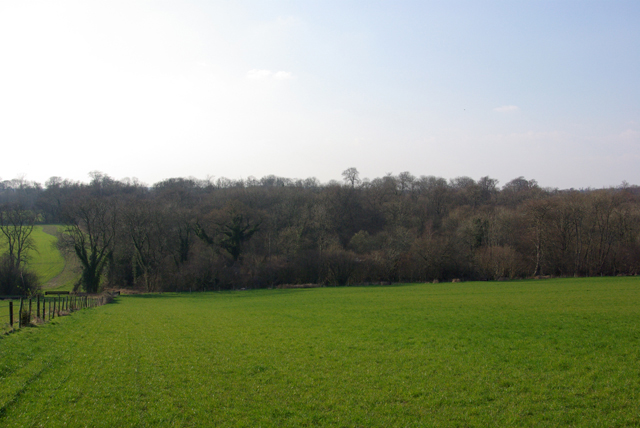Apple Down
Downs, Moorland in Sussex Chichester
England
Apple Down
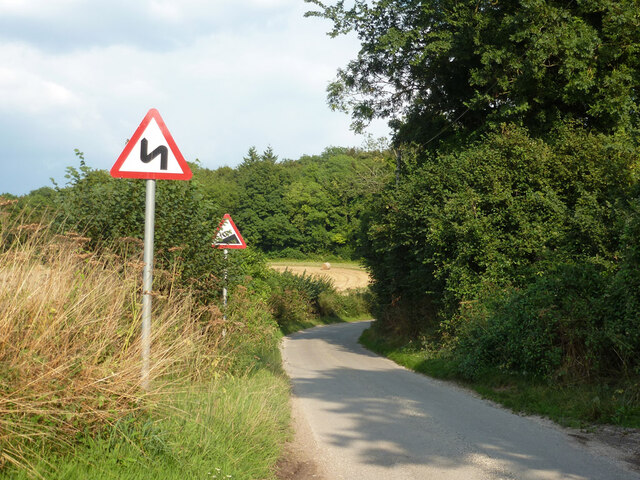
Apple Down is a picturesque area located in the county of Sussex, England. Nestled within the South Downs National Park, it is renowned for its stunning natural beauty and diverse landscape. The area is characterized by its rolling hills, expansive meadows, and breathtaking views of the surrounding countryside.
Apple Down is particularly famous for its downs, which are grassy slopes that stretch across the landscape. These downs provide a unique habitat for a wide array of plant and animal species, making it a popular destination for nature enthusiasts and bird watchers. The area is also home to several rare and protected species, such as the Adonis Blue butterfly and the Chalkhill Blue butterfly.
In addition to the downs, Apple Down also features vast moorland. This moorland is a captivating sight, with its rugged terrain and heather-covered hills. It is an important ecological site, providing a habitat for various bird species, including the elusive Dartford Warbler.
Visitors to Apple Down can enjoy a range of outdoor activities, such as hiking, cycling, and horseback riding. The area offers a network of well-maintained trails that cater to all levels of fitness and ability. There are also several picnic spots and viewpoints where visitors can relax and soak in the stunning scenery.
Overall, Apple Down in Sussex is a haven for nature lovers, offering a unique combination of downs and moorland. Its diverse landscape, abundant wildlife, and tranquil atmosphere make it a must-visit destination for anyone seeking a peaceful retreat in the heart of nature.
If you have any feedback on the listing, please let us know in the comments section below.
Apple Down Images
Images are sourced within 2km of 50.928781/-0.87247086 or Grid Reference SU7914. Thanks to Geograph Open Source API. All images are credited.

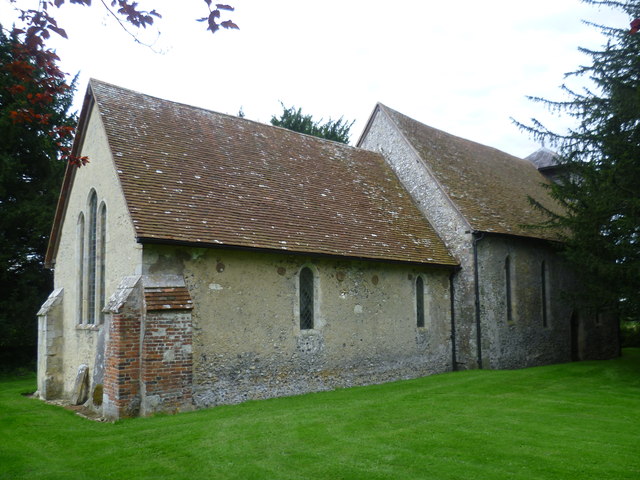

Apple Down is located at Grid Ref: SU7914 (Lat: 50.928781, Lng: -0.87247086)
Administrative County: West Sussex
District: Chichester
Police Authority: Sussex
What 3 Words
///repayment.begun.elevator. Near South Harting, West Sussex
Nearby Locations
Related Wikis
Up Marden
Up Marden is a small village and former civil parish, now in the parish of Compton, in the Chichester district of West Sussex, England. It is on the South...
Marden, West Sussex
Marden is a civil parish in the Chichester district of West Sussex, England. It lies on the South Downs and comprises the villages of North Marden and...
East Marden
East Marden is a village and former civil parish, now in the parish of Marden, in the Chichester district of West Sussex, England. It is on the spur of...
Pads Wood
Pads Wood is a 22.2-hectare (55-acre) biological Site of Special Scientific Interest west of Midhurst in West Sussex.This ancient coppiced wood is mainly...
Compton, West Sussex
Compton is a village and civil parish in the Chichester district of West Sussex. The village lies on the B2146 road, six miles (9.7 km) southeast of Petersfield...
North Marden
North Marden is a tiny village and former civil parish, now in the parish of Marden, in the Chichester district of West Sussex, England. It is 7.5 miles...
West Marden
West Marden is a hamlet in the Chichester district of West Sussex, England. It lies on the B2146 road 5 miles (8.2 km) north of Emsworth. It is in the...
Compton Down, Compton
Compton Down is an extent of high ground near Compton, West Sussex where there was an Admiralty semaphore station. The semaphore station was built at...
Nearby Amenities
Located within 500m of 50.928781,-0.87247086Have you been to Apple Down?
Leave your review of Apple Down below (or comments, questions and feedback).
